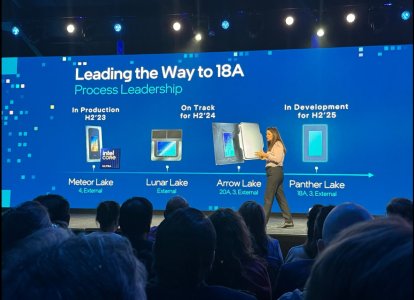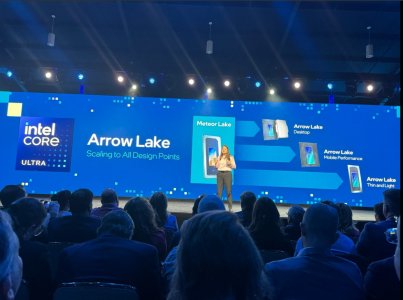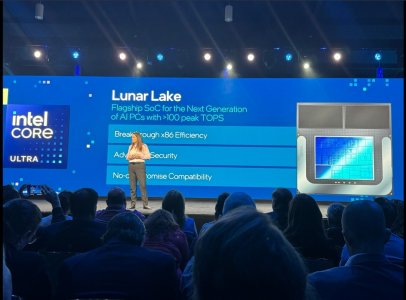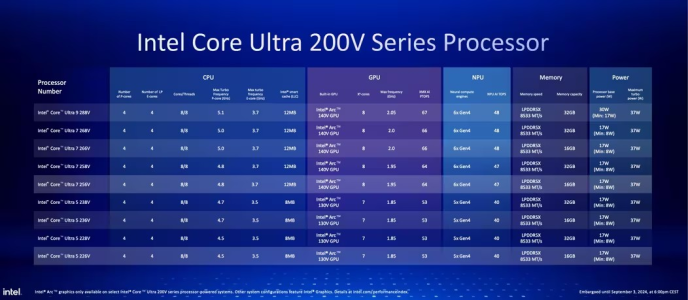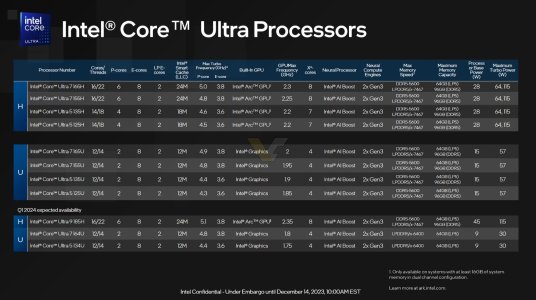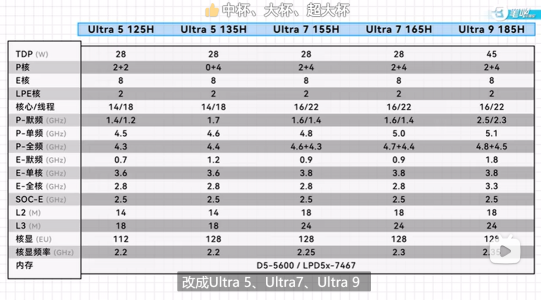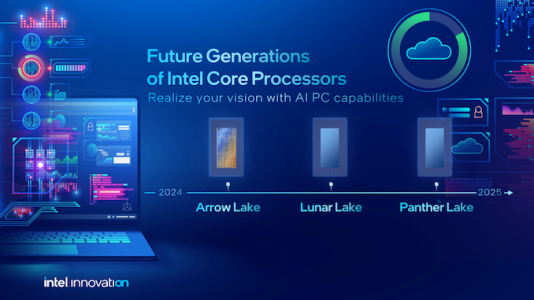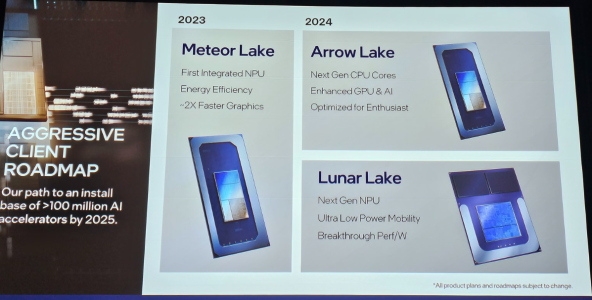Until AMD started using "model numbers" that conspicuously looked like MHz clock speeds of corresponding P4 clocks, they were getting clobbered by the marketing of a higher clocked P4.
Ironically, C2D returned to the PIII style architecture .... with more pizzaz .... definitely more than Athlon could muster at the time. It also jumped onto the model number bandwagon and abandoned the MHz war permanently.
I'm still not sure I am buying that Intel didn't create P4 architecture with an eye on Marketecture. Yes, I agree that they didn't foresee the absolute DEAD END of clock scaling; however, I also don't think it occurred to them that AMD could combat the clock speeds Marketecture with their own "Model Number Marketecture" so successfully.
It also didn't occur to them that AMD would simply IGNORE Intel's attempt to push IA64 and VLIW into the server workstation market and that AMD would ALSO ignore Intel's push to proprietary RAMBUS memory.
In this window of time, Intel lost the MHz marketing war, lost the IA64 war to AMD's x64 "AMD64", lost (temporarily) the SIMD war against 3DNow! and lost the memory interface war to DDR open standard.
P4 Willamette clocked up to 2Ghz. That is FAR more than could have been expected of PIII which didn't quite make 1Ghz
At the release of C2D, P4 was up around 3.6Ghz while the C2D was a full GHz below that. Even C2D couldn't touch P4 clock speeds.... until a couple of die shrinks later

.
Seems like they are headed that way for Nova Lake (52 cores) 2X(8P+16E)+4LPE. I think the headline will be "52 Cores!" .... and I think it will get spanked by Zen 6 and Zen 6 X3D variants in most applications and benchmarks (not Cinebench though

).
IIRC, Intel just kept ahead of AMD with SSE"x". The applications and benchmarks punished AMD horridly for being behind as well.
Ironically, the flip is happening today with AVX512. AMD is just punishing Intel with AVX512 optimized apps that are now pretty common.
Just as with SMT, I just don't understand Intel's thinking here.
